A new material shows great potential with an impressive theoretical maximum conversion efficiency of 38% in a perovskite/Si tandem solar cell architecture.
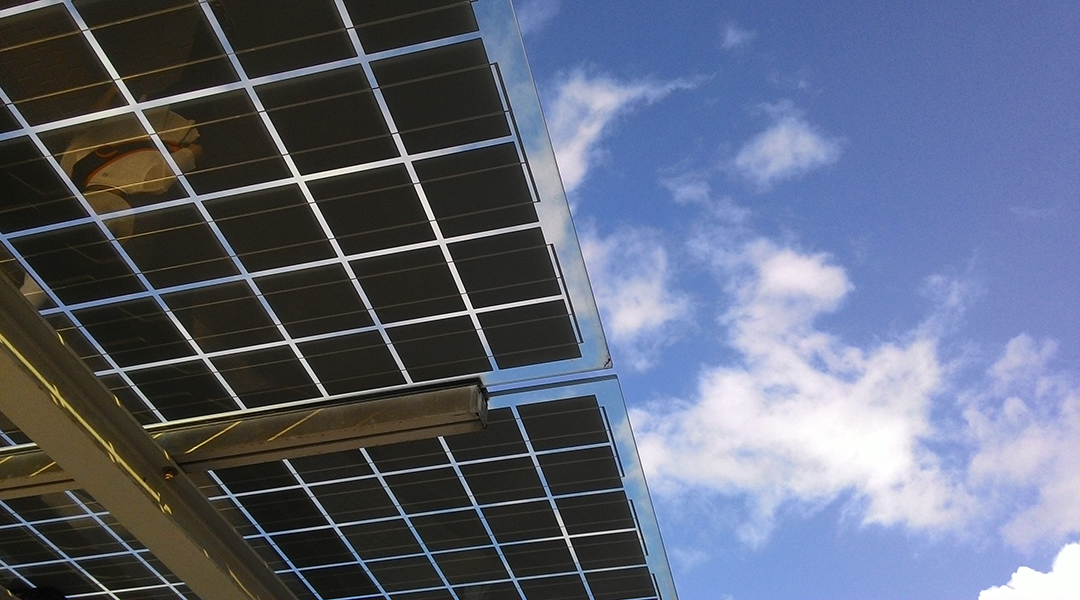


A new material shows great potential with an impressive theoretical maximum conversion efficiency of 38% in a perovskite/Si tandem solar cell architecture.
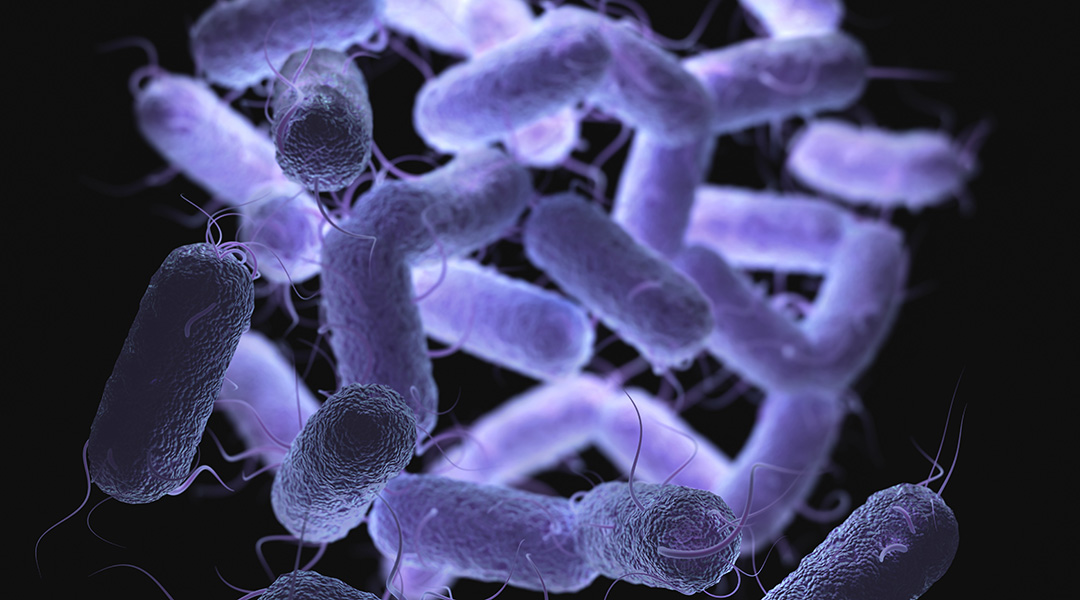
Self-propelled-onion-like microvehicle can attract, trap, and destroy biological threats

NASA scientists using virtual reality technology are redefining our understanding about how our galaxy works.
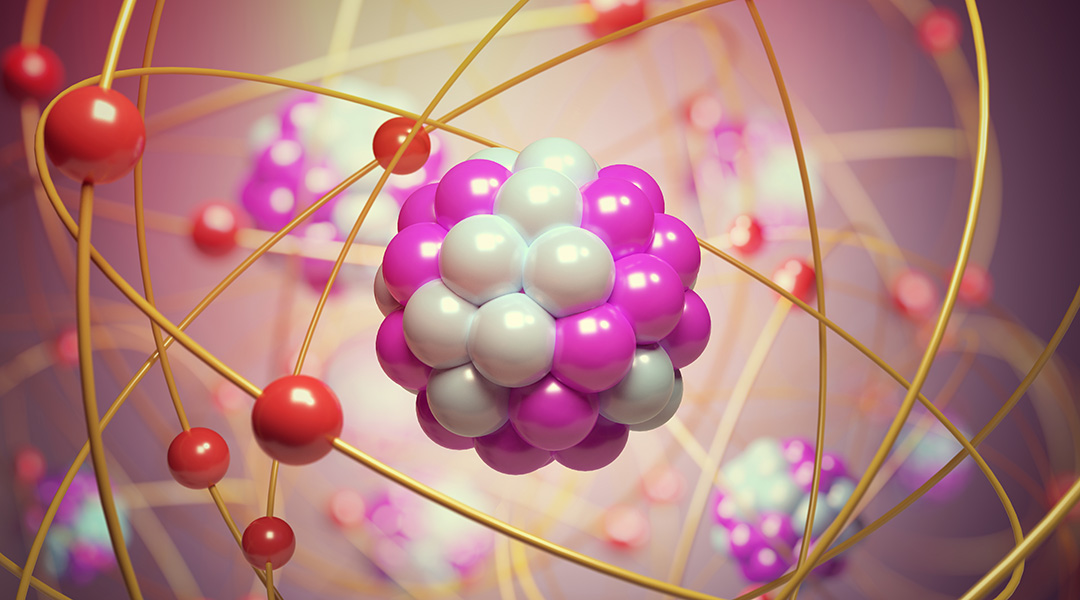
The reprocessing of spent nuclear fuel could become safer and more efficient after researchers found a way to modify the structure of molecules to remove radioactive materials.

Researchers look beyond our chimpanzees and bonobos to trace the evolution of human language.
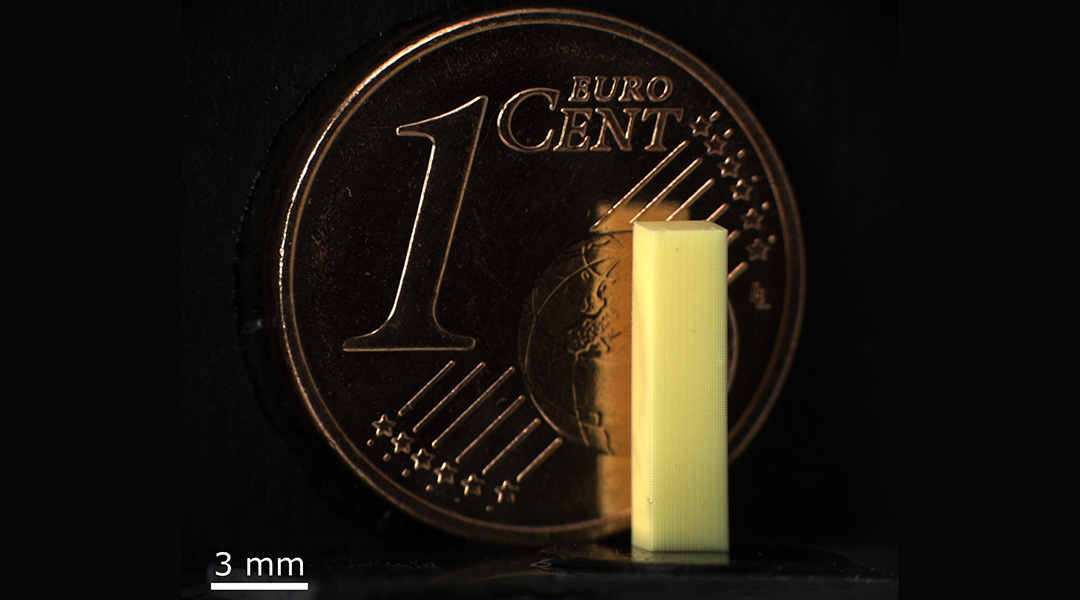
KIT Scientists develop a new 3D-printing system for building submicron structures in record time.
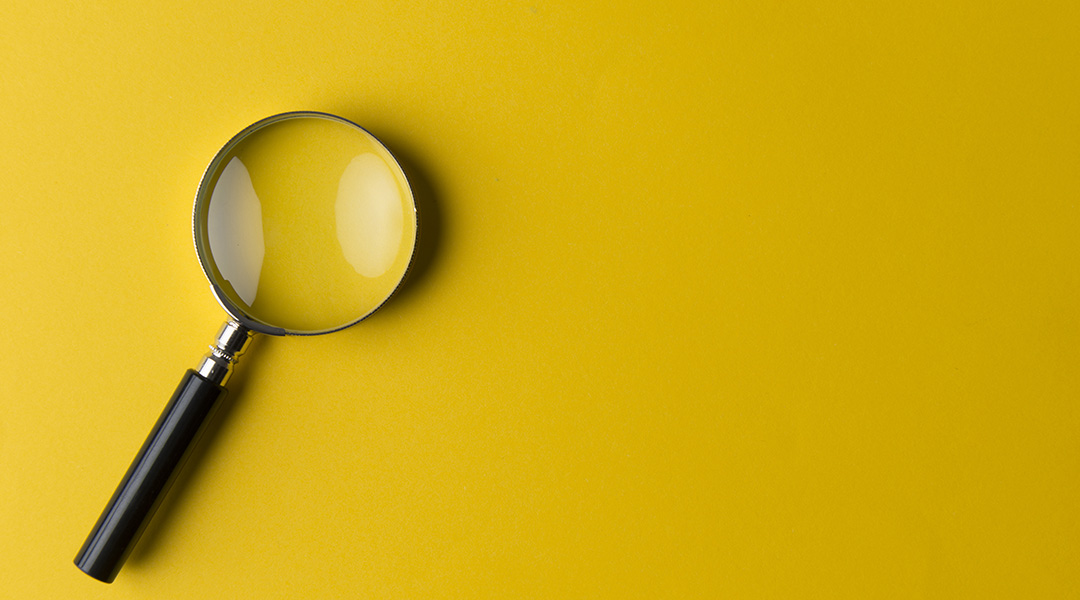
Wiley will provide free access to all articles related to the coronavirus in support of the outbreak relief efforts in China.
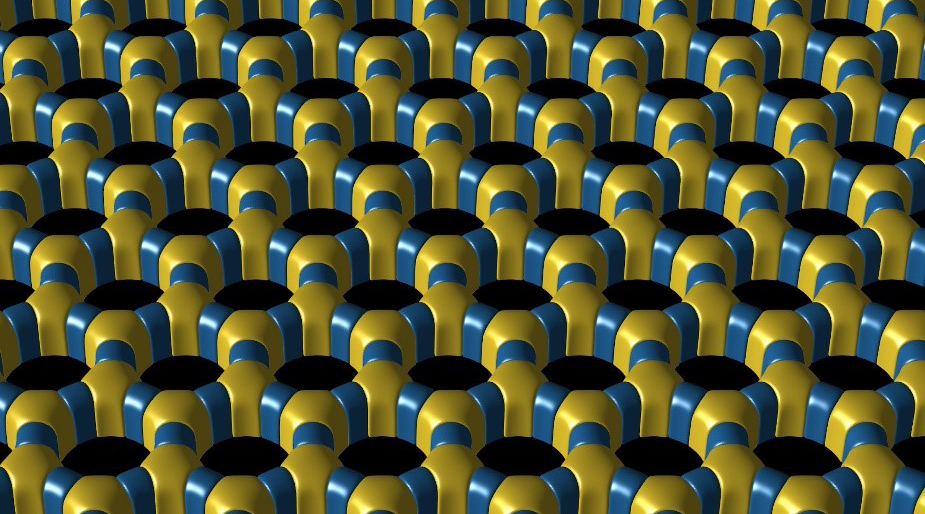
Researchers use ordered templates to impart unprecedented tessellating patterns in composites made from inorganic materials.
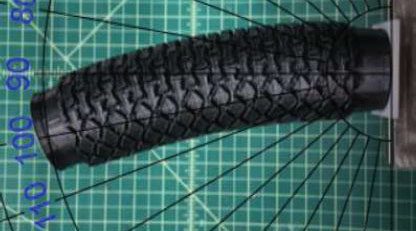
Researchers from UC Berkeley are utilizing deep learning to bypass iterative finite element calculations. Their deep learning model is trained using finite element simulation data to predict the deformation behavior of favorable designs.
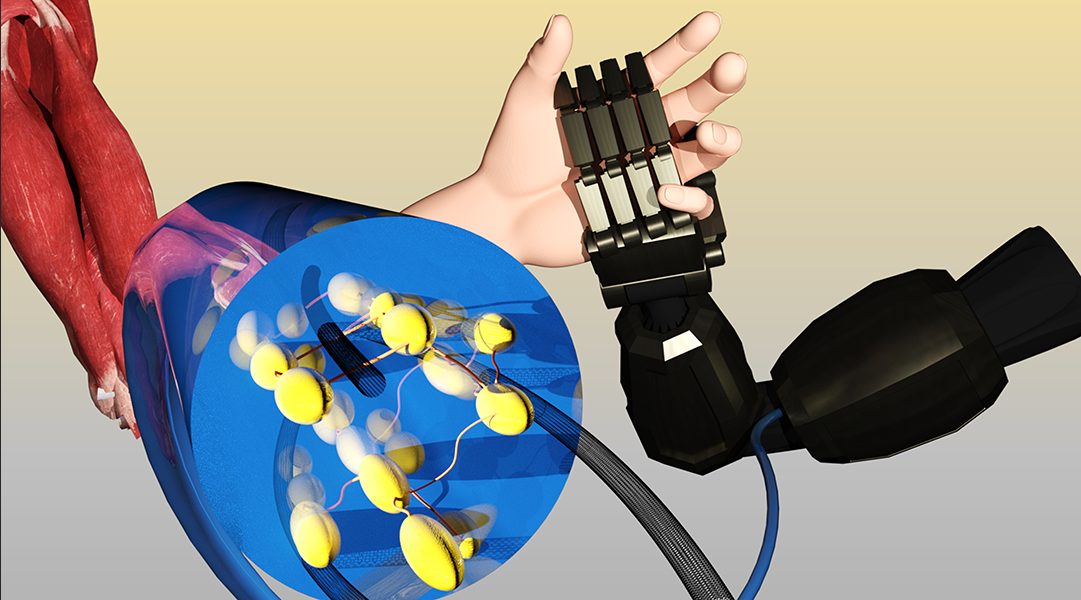
Researchers develop dual-responsive muscle-like soft actuators with both dexterity and high mechanical strength.